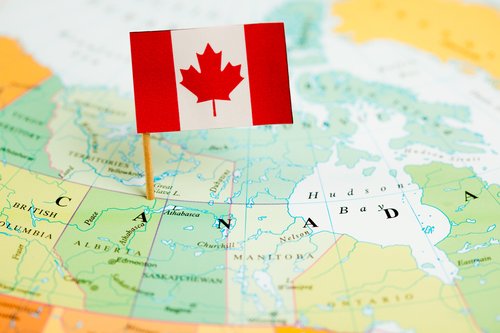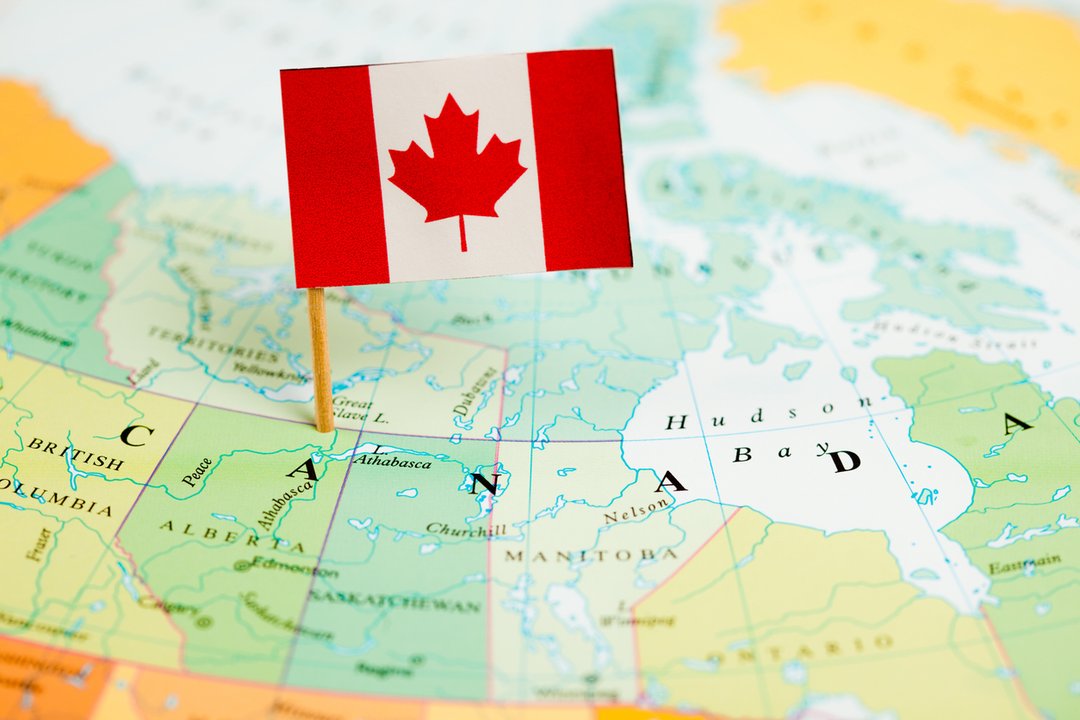
Donald Trump’s tariff war and his assertion that Canada should become the 51st American state are nobody’s idea of a good time, but they have one upside: they have created a consensus that this country needs to build a more resilient economy, and that the place to start is the demolition of internal trade barriers.
These often petty provincial rules – about such things as trucking signage and lighting, about importing products made in another province, about the requirement to be licensed by provincial regulatory bodies to ply one’s trade or profession or the ability to buy wine and booze made in another province – are said by experts to cost the country $200-billion a year and shave as much as 8 per cent off of Canada’s gross domestic product.

iStock-123145415
As Bloc Québécois Leader Yves-François Blanchet said approvingly in Wednesday’s French-language election debate, Canada doesn’t have one economy – it has 13.
Six months ago, only a fool would have bet that Ottawa and the provinces would make any progress, let alone rapid progress, toward a single Canadian economy. Eliminating a set of entrenched regulations whose only purpose is to protect vested parochial interests seemed unlikely.
Today, that same fool would be raking in their winnings. Mr. Trump’s threats have shaken politicians across the country out of their stupor. Good things are starting to happen.
The latest positive development came Wednesday, when Ontario tabled legislation to eliminate many of the province’s trade barriers, including its so-called “party-specific exceptions” in the Canadian Free Trade Agreement.
Once the bill passes into law and the necessary regulations are in place, Ontario will be the first province to drop its CFTA exceptions unconditionally; that is, without requiring reciprocity from other provinces and the territories.
Ontario will be away ahead of the federal government, which has dropped more than two-thirds of its CFTA exceptions, mostly around procurement, but has kept in place 19 that it says are related to national security, to foreign ownership rules and to the provinces’ ability to exploit their own natural resources.
Ontario also says it will allow certified workers from anywhere in Canada to begin working in the province immediately for up to six months if they demonstrate that they are certified in another province. They will still have to eventually be certified in Ontario, but the government says the process will be streamlined and have strict time limits. The same rules will apply to a broad range of health workers.
Ontario will also automatically recognize the certifications of workers from reciprocating provinces; on Wednesday, the government said it has signed agreements with New Brunswick and Nova Scotia to that effect.
Those same agreements will mean goods manufactured, produced or approved for use in any of the three provinces can be sold in all three without administrative fees or testing.
Finally, Ontario says it will allow direct-to-consumer sales of wine, beer and alcohol with reciprocating provinces.
Ontario’s plan isn’t perfect, but its decision to unconditionally drop its CFTA exceptions ought to be a model for other Canadian governments, such as Nova Scotia, which says it will only drop theirs for reciprocating provinces, or British Columbia, which dropped just two of its many exceptions in February as a response to Mr. Trump’s trade war.
Where it falls short, and where other provinces are making the same mistake, is its insistence on only automatically removing internal barriers to goods, services and registered workers with reciprocating provinces and territories.
It is far better for a province or territory to unconditionally drop all its CFTA exceptions and other trade barriers, and leave holdout provinces to inflict higher prices and manpower shortages on their residents while they reap the benefits.
Still, a single Canadian economy with a universal set of rules for goods, services and registered workers won’t be built in a day. And given the country’s size and its regional differences/jealousies, it’s likely that there will always be some friction on internal trade, be it around language, the environment or the protection of natural resources.
But the signs are promising. With Canada’s biggest province leading the way, it will be harder for the rest to stay on the sidelines. Canada, faced with an existential crisis, is starting to show that it can change and grow; that it isn’t doomed to be stuck in old ways of thinking.
© Copyright 2025 The Globe and Mail Inc. All rights reserved.
Comments are closed.
